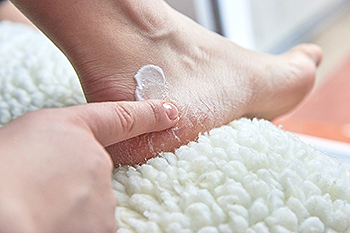Being overweight can cause discomfort and damage to your feet. The excess fat you are carrying around redistributes itself throughout your body, and your feet are no exception. Extra fat can deposit in your feet and the fat pads on the bottom of your feet can get worn down. Your feet may even become flat. Being obese may make you more susceptible to developing plantar fasciitis, bunions, hammertoe, and more. While losing weight will not change the structure of your feet, it can help to take pressure off your feet and ankles and help you avoid osteoarthritis, gout, and joint pain. It can also relieve foot pain and inflammation due to circulatory issues. Contact a podiatrist to get relief from your foot pain and to learn various solutions about taking better care of your feet.
Obesity has become very problematic at this point in time and can have extremely negative effects on the feet. If you’re an obese individual and are concerned about your feet, contact Alex Kim, DPM from AVID Foot & Ankle Center. Our doctor can provide the care you need to keep you pain-free and on your feet.
Obesity and Your Feet
Since your feet are what support your entire weight when standing, any additional weight can result in pain and swelling. Being overweight is one of the main contributors to foot complications.
Problems & Complications
Extra Weight – Even putting on just a few extra pounds could create serious complications for your feet. As your weight increases, your balance and body will shift, creating new stresses on your feet. This uneven weight distribution can cause pain, even while doing the simplest tasks, such as walking.
Diabetes – People who are overweight are at serious risk of developing type-2 diabetes, which has a drastic impact on the health of your feet. As you get older, your diabetes might worsen, which could lead to loss of feeling in your feet, sores, and bruises. You could also become more prone to various infections.
Plantar fasciitis – Pressure and stress that is placed on muscles, joints, and tendons can trigger plantar fasciitis, which is an inflammation of tissue that forms along the bottom of the foot.
If you have any questions please feel free to contact our office located in Little Elm, TX . We offer the newest diagnostic and treatment technologies for all your foot and ankle needs.





